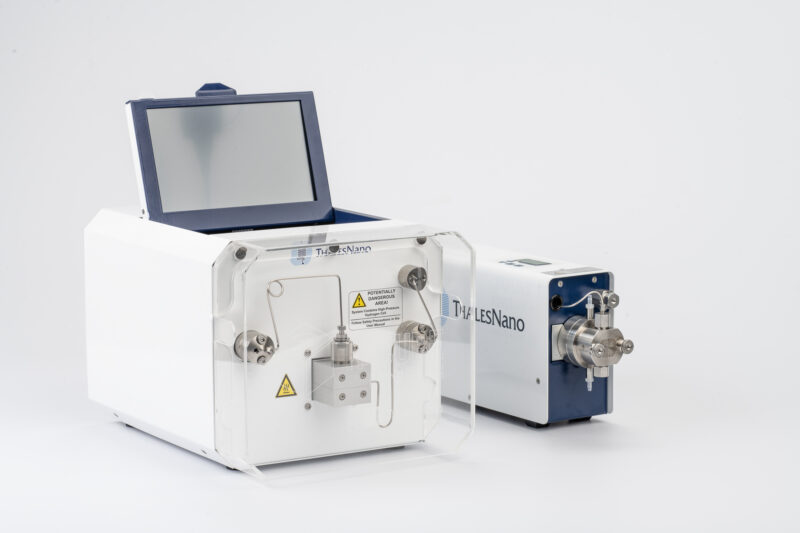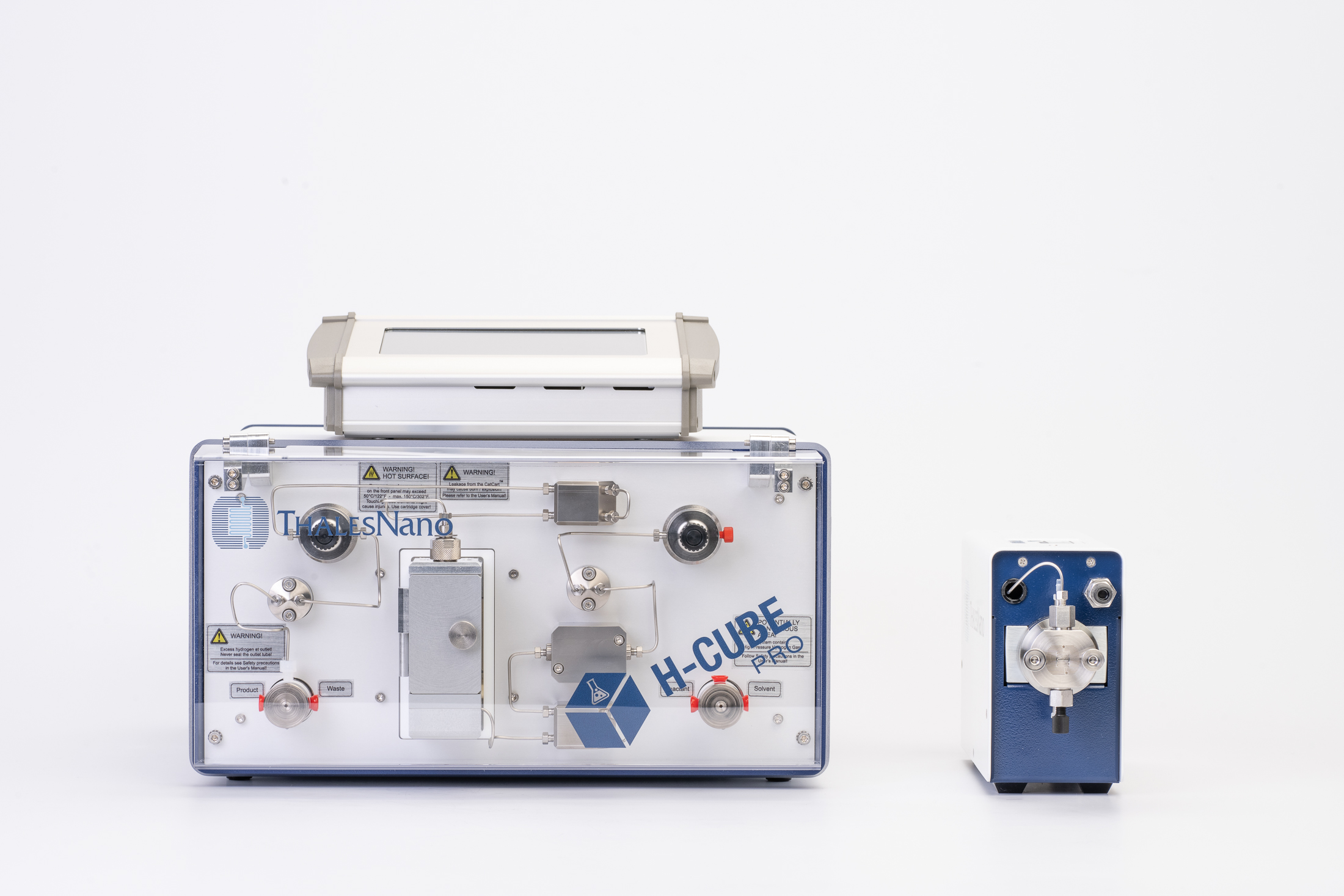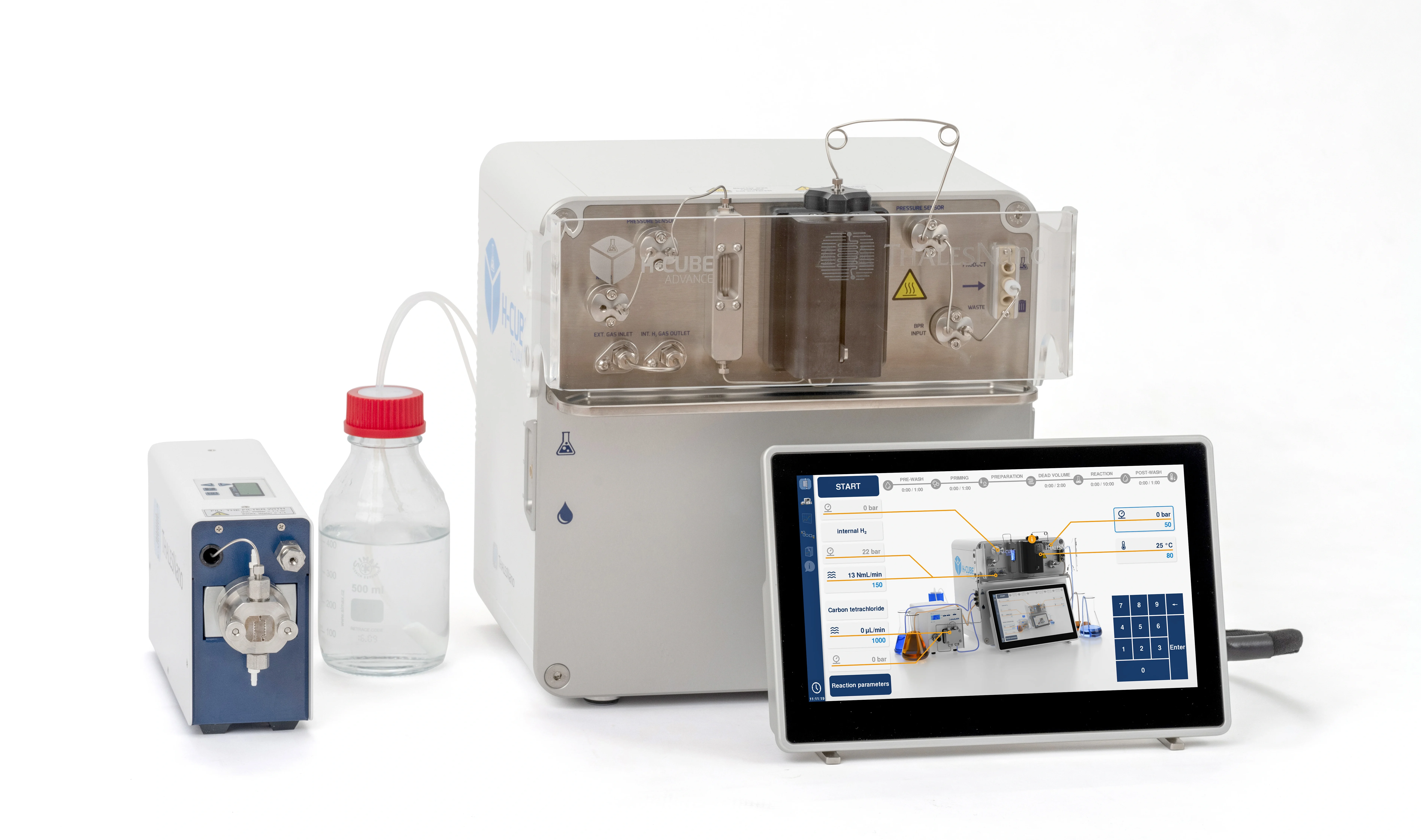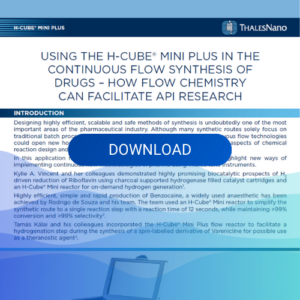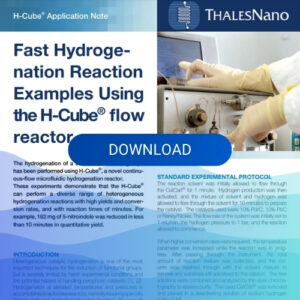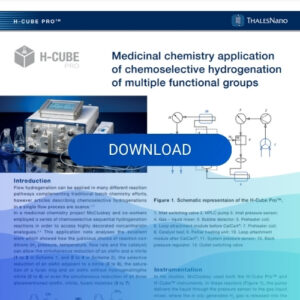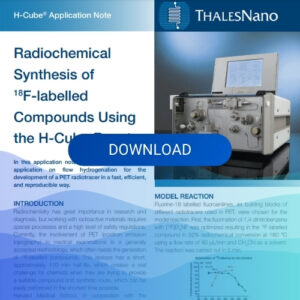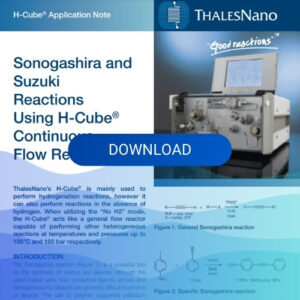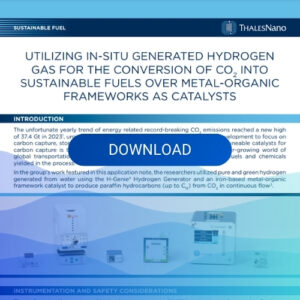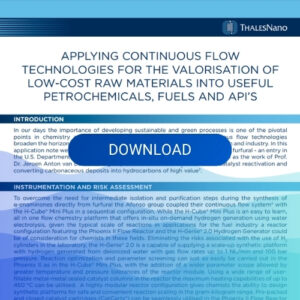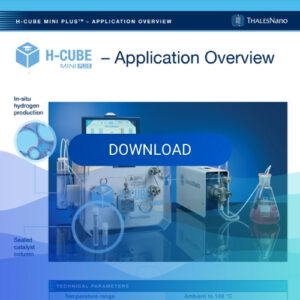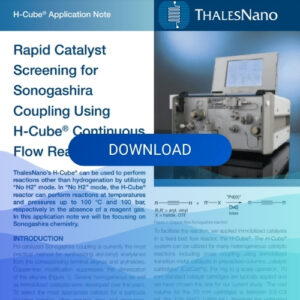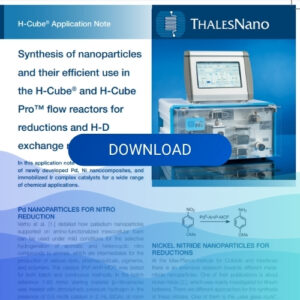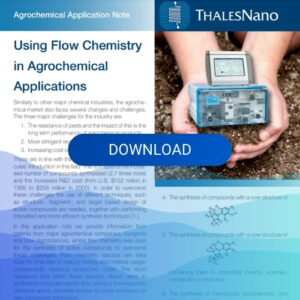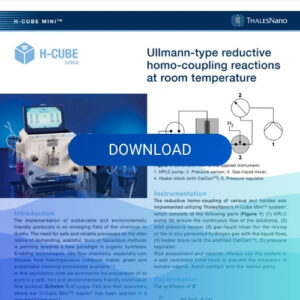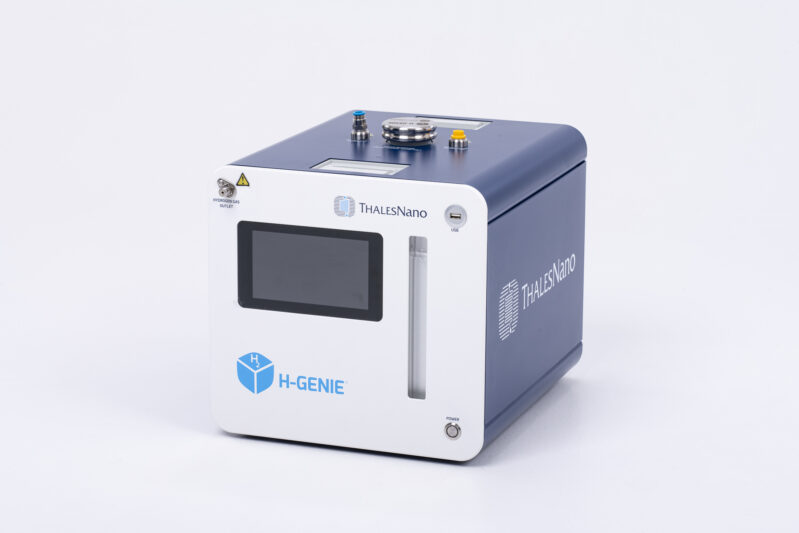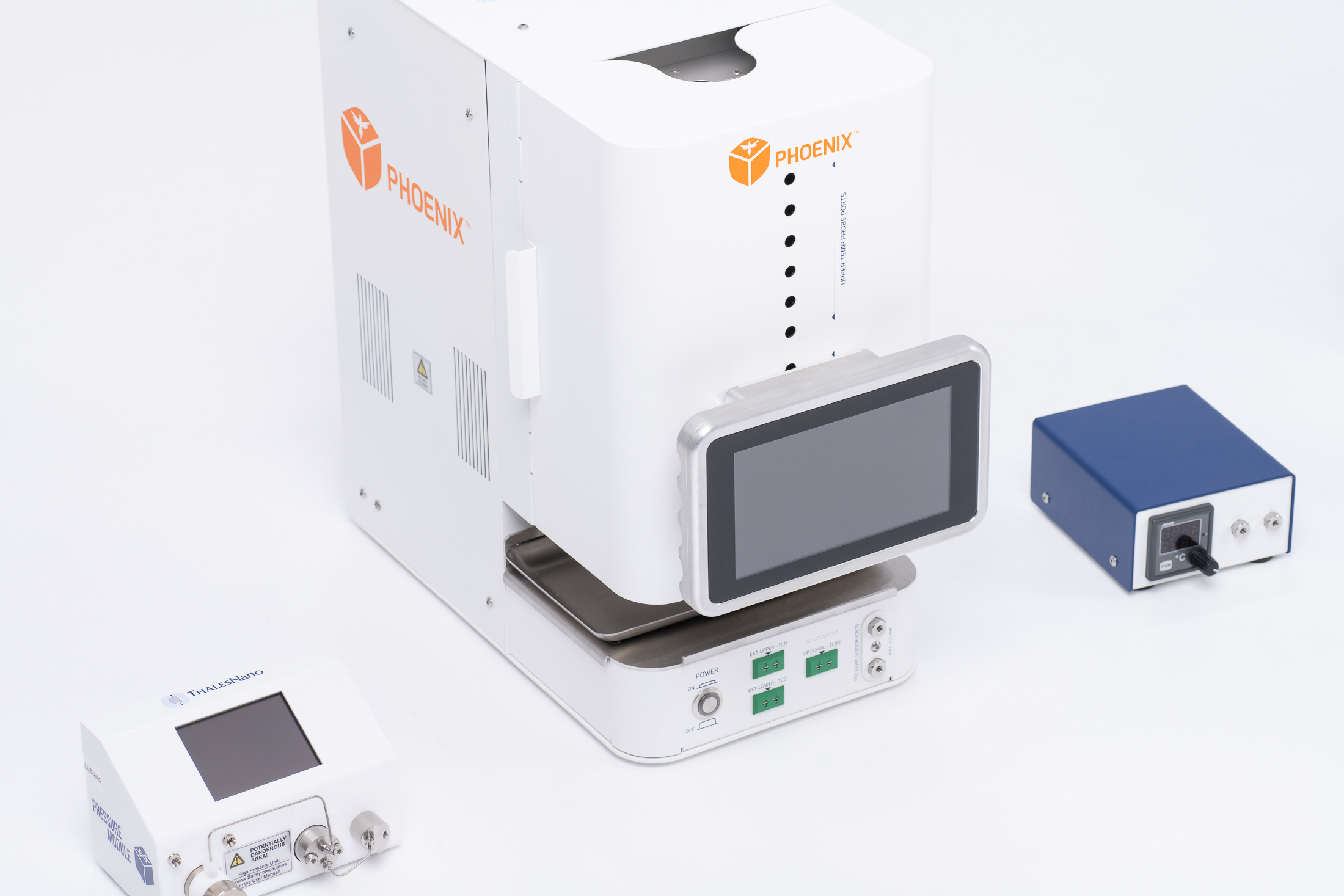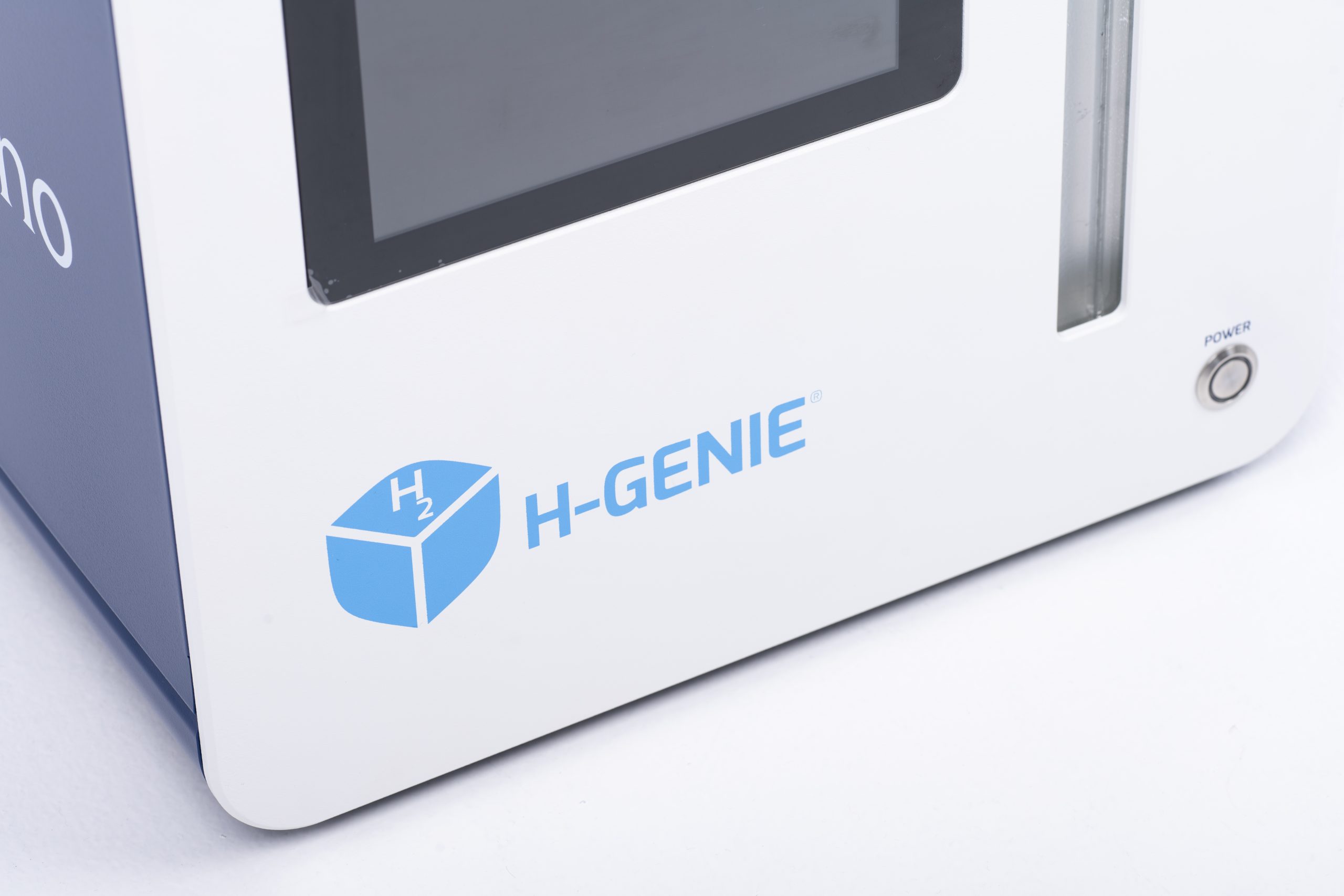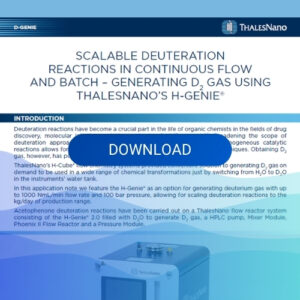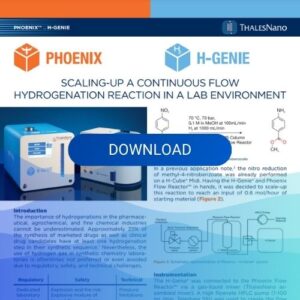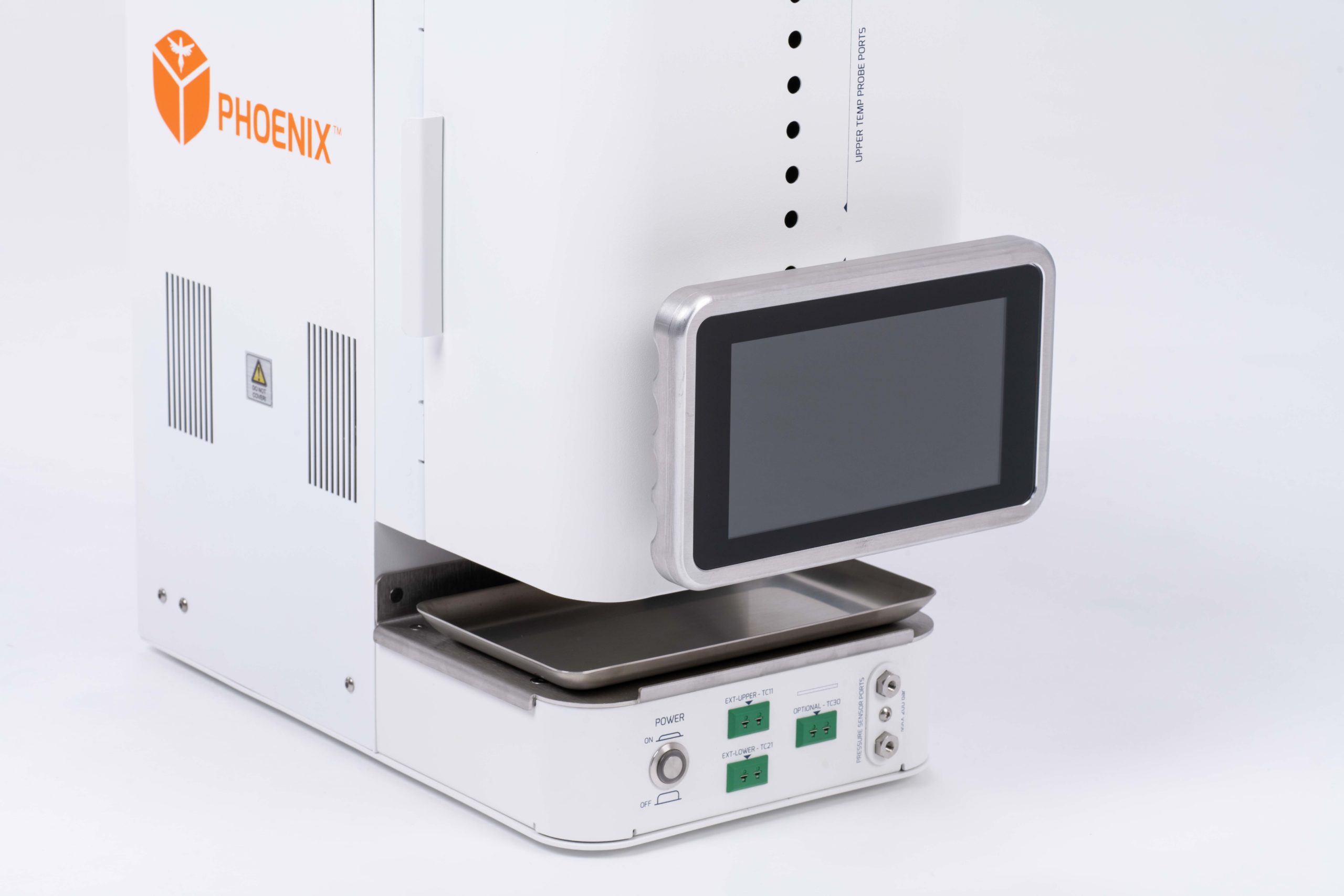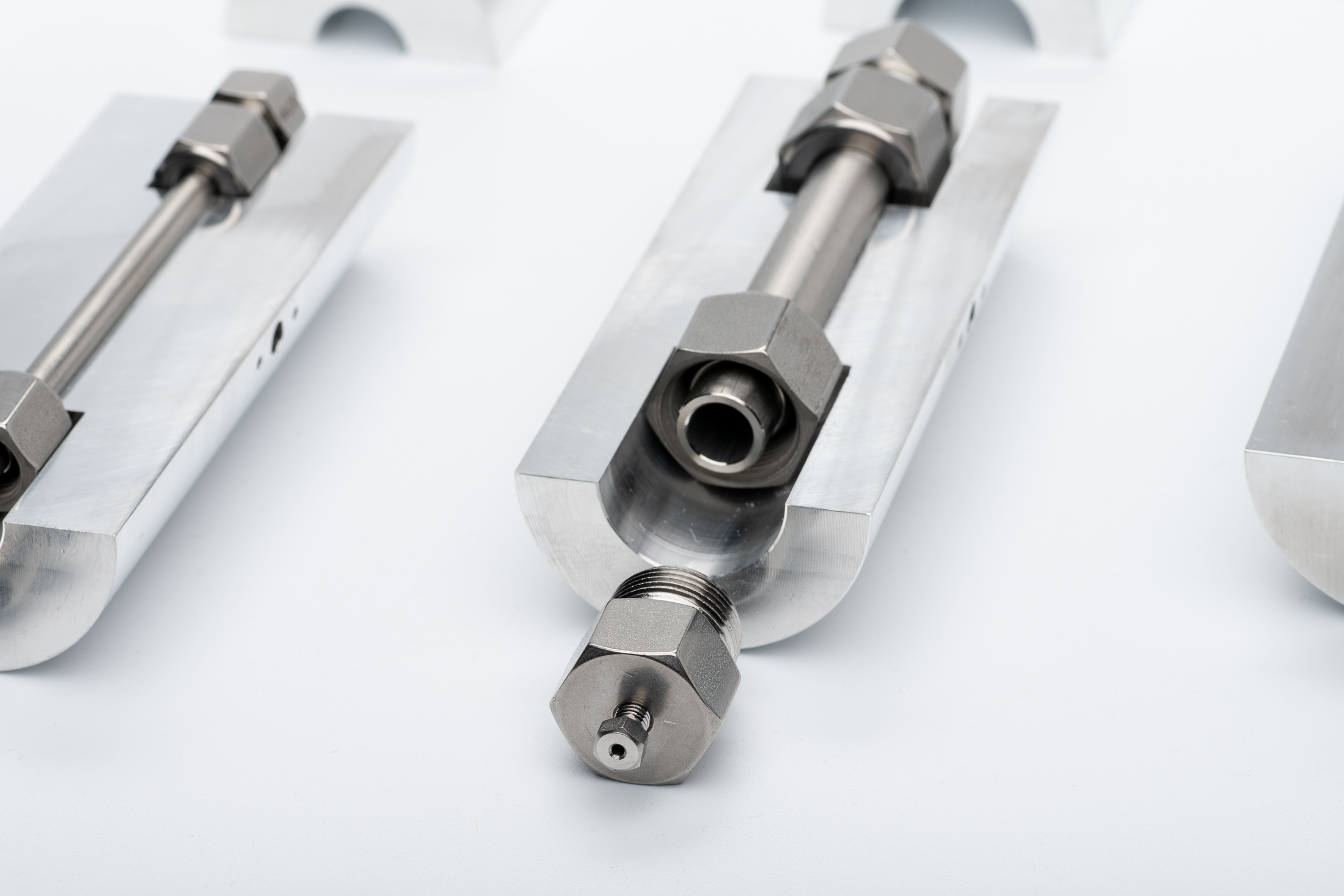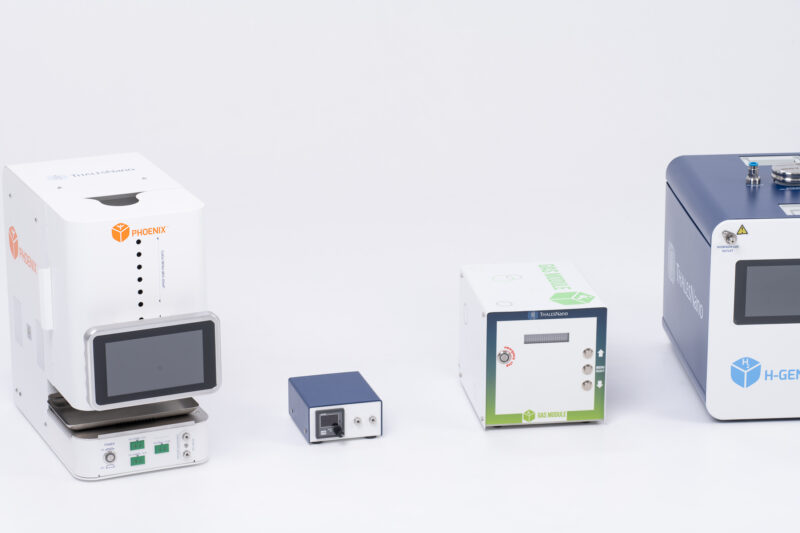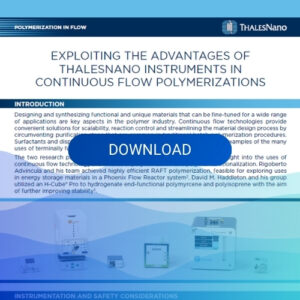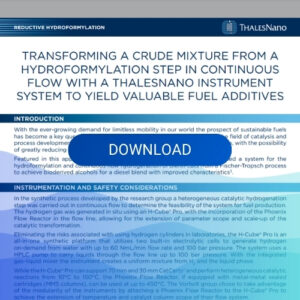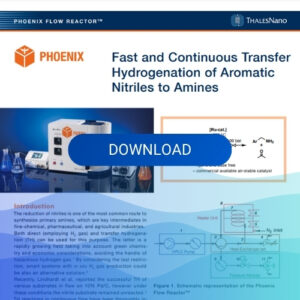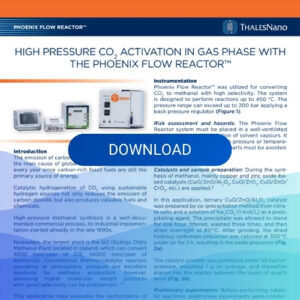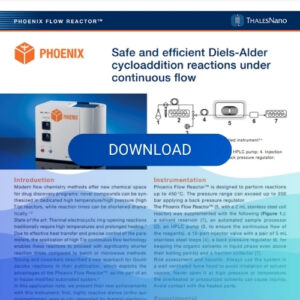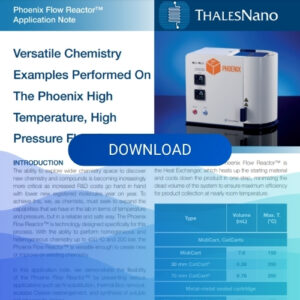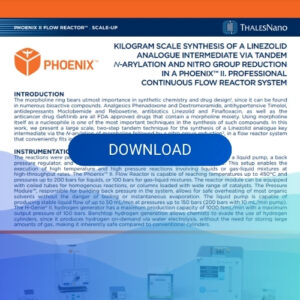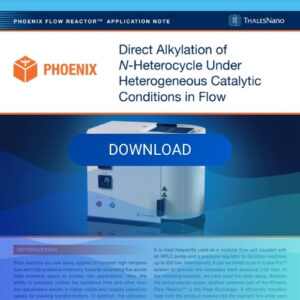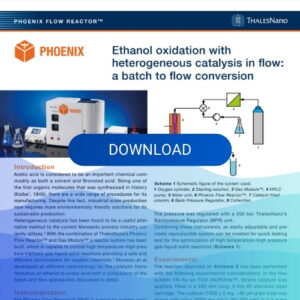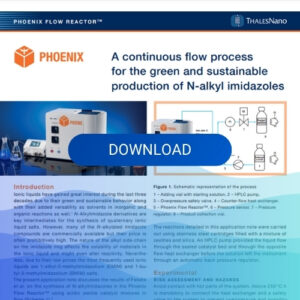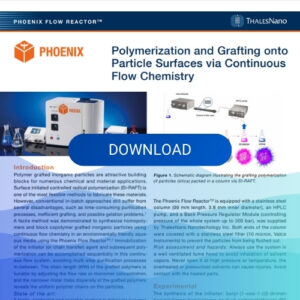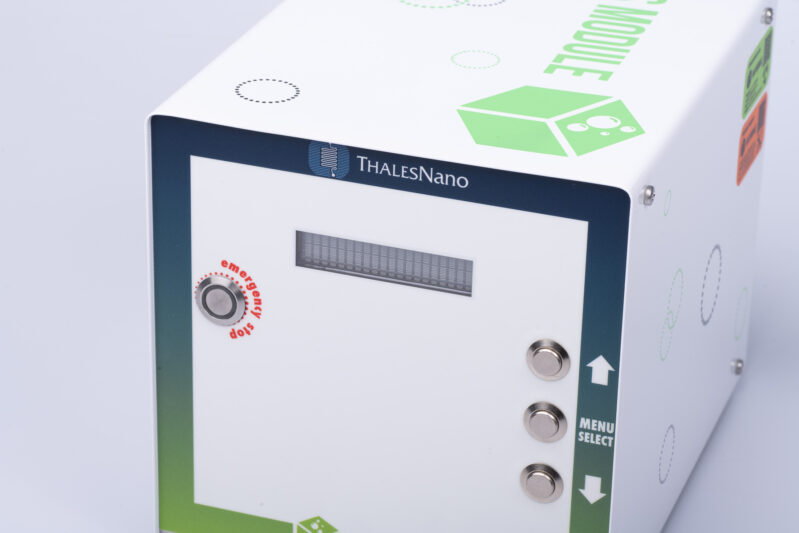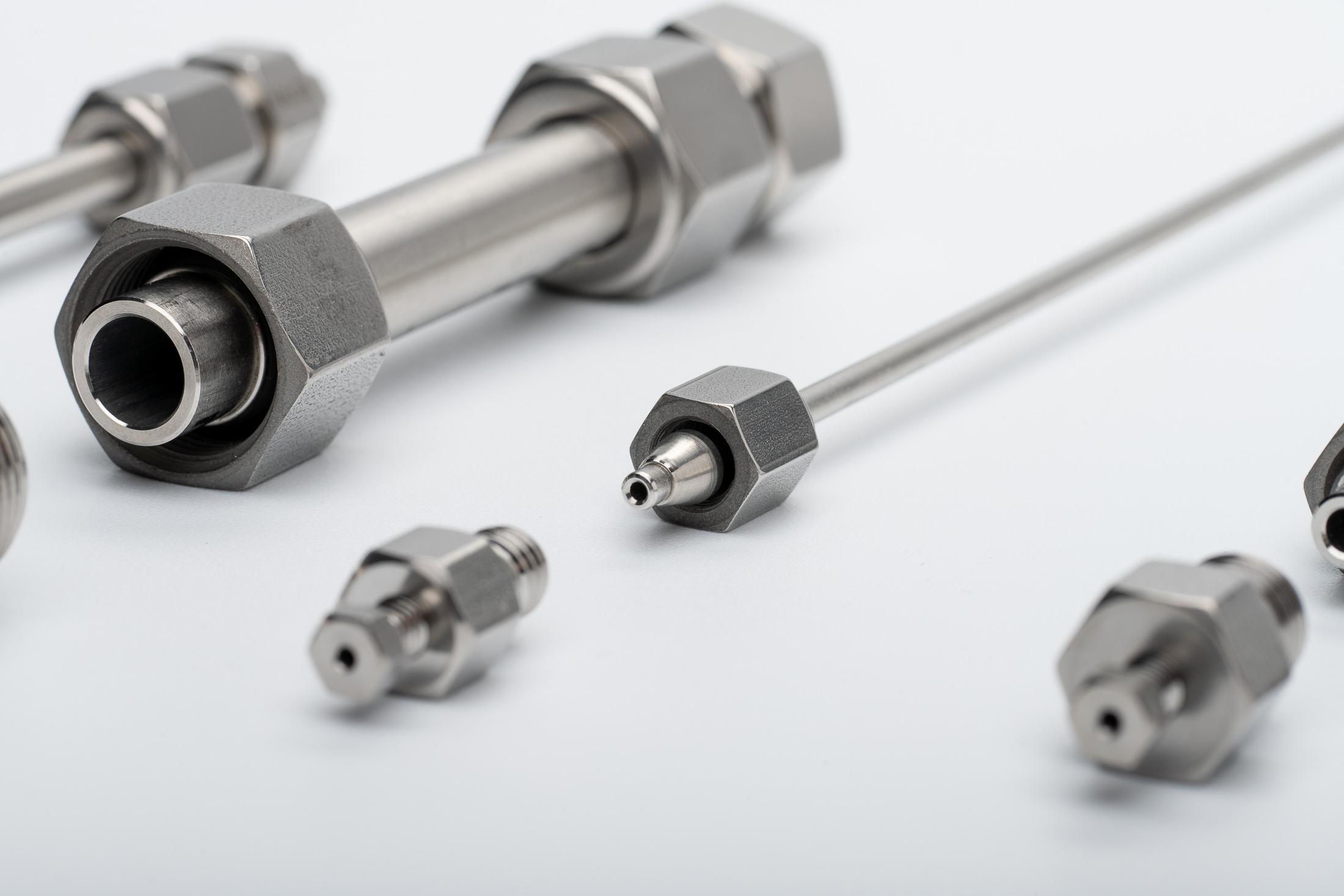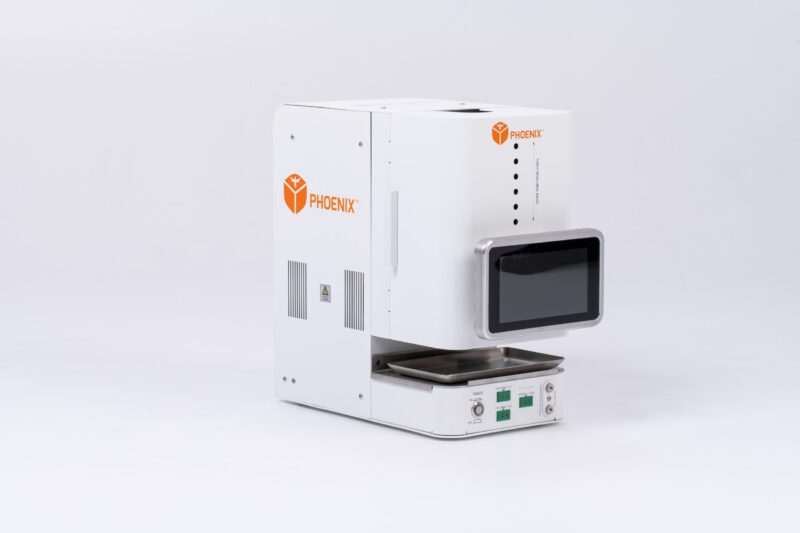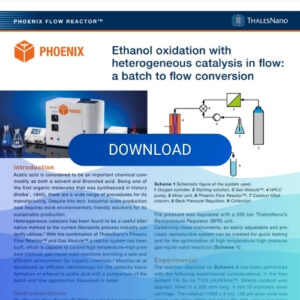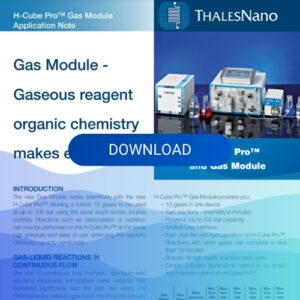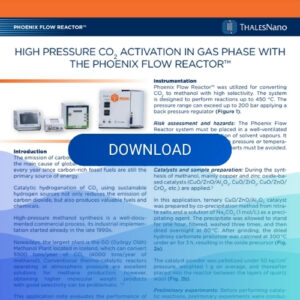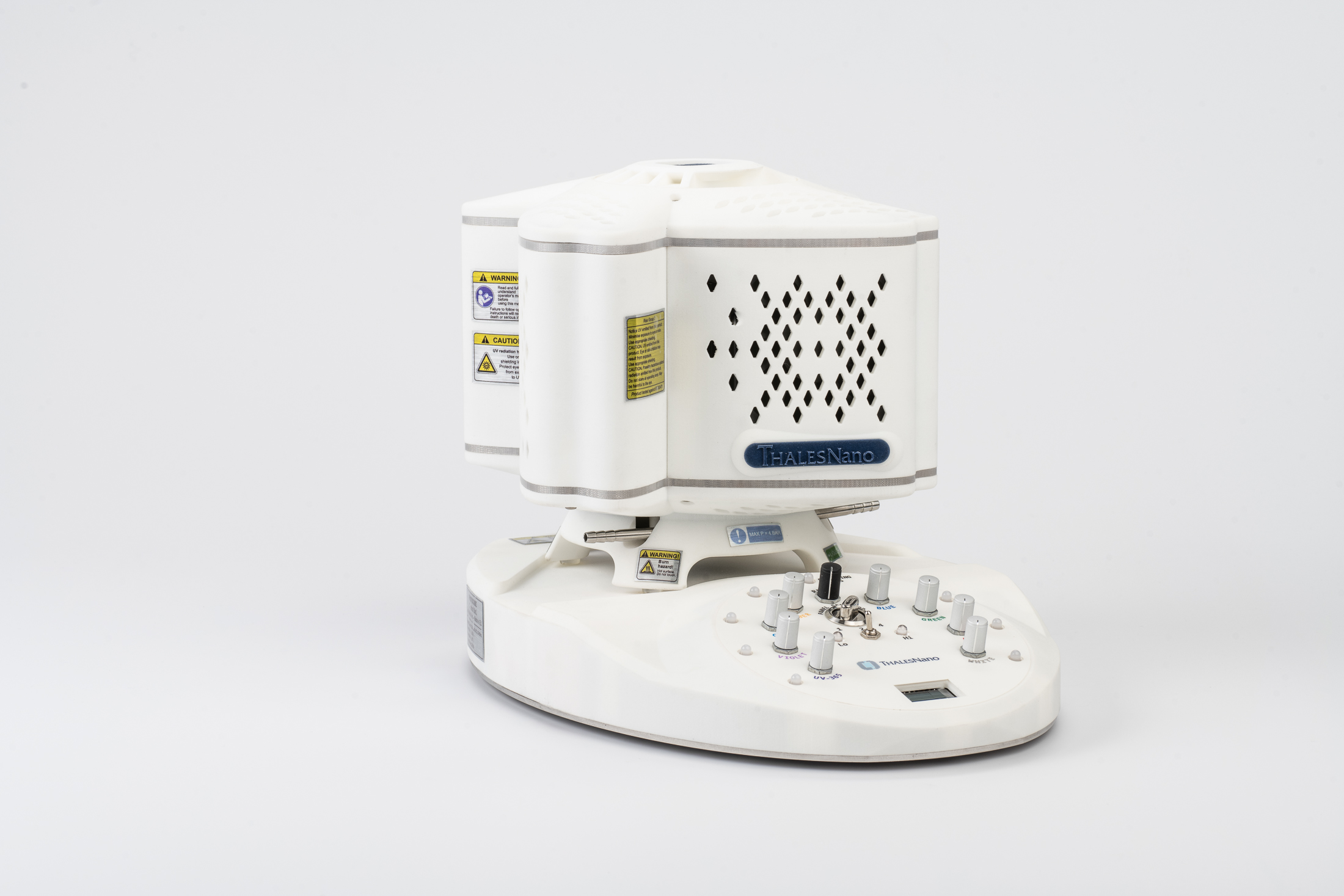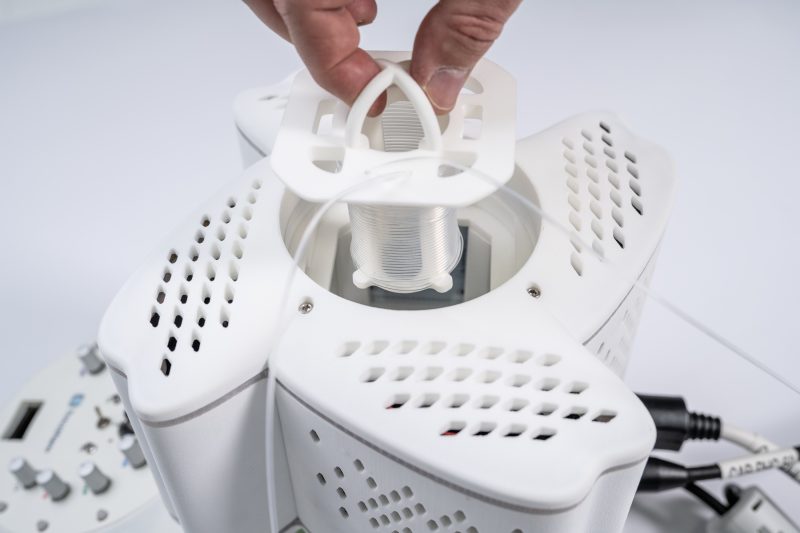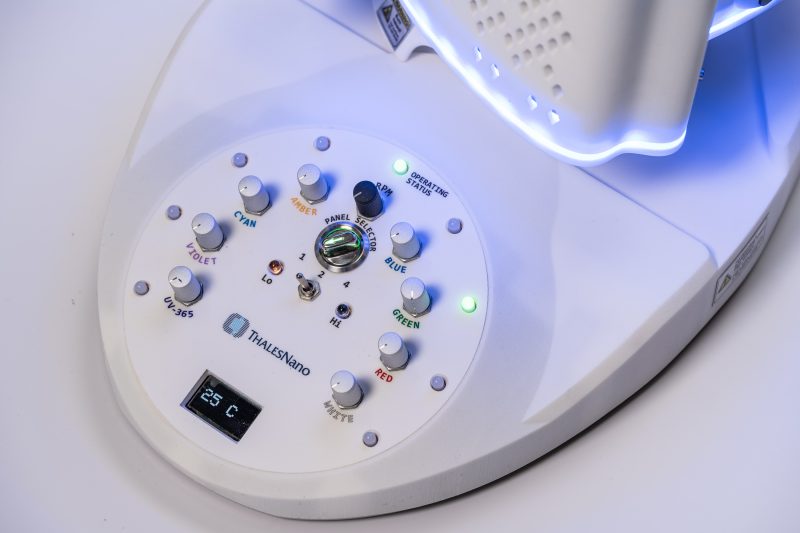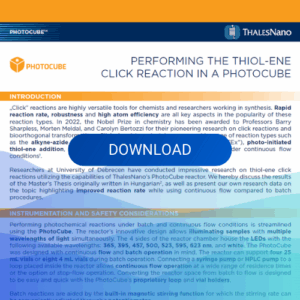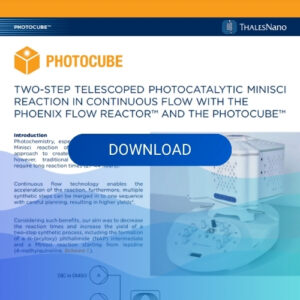Application Notes
Download, read, and share knowledge
At ThalesNano, we are dedicated to making knowledge accessible to all scientists. Our mission is to support education, research, and scientific collaborations, empowering scientists to share their experiences and find inspiration. Explore our Application Notes to discover how ThalesNano instruments can change your chemical research and help you achieve your chemistry goals.
Find the Application Notes sorted by instruments:
H-Cube
H-Genie
Phoenix Flow Reactor
Gas Module
PhotoCube
Automated Injection, Sampling and Real-Time Analysis in the Continuous Flow Hydrogenation of a Nitro Moiety on an Api Precursor
Medicinal chemistry application of chemoselective hydrogenation
Automated hydrogenation using the H-Cube continuous flow reactor
Catalyst screening and profiling with the H-Cube systems
Deuteration reactions using the H-Cube continuous flow reactor
Difficult hydrogenations – saturation of func. pyridines
Using an IR Spectometer from Mettler Toledo for In-Line Analysis of Continuous Flow Experiments
In this application note we feature the ReactIR™ 702L by Mettler Toledo coupled with ThalesNano’s Phoenix Flow Reactor system to highlight key advantages and showcase a study for all chemists looking for a convenient platform for high-pressure, high-temperature continuous flow reactions with in-situ H2 generation and in-line IR spectroscopic analysis.
Fast and continuous transfer hydrogenation of aromatic nitriles
Ethanol oxidation with heterogeneous catalysis in flow
Green and sustainable production of N-alkyl imidazoles
Ethanol oxidation with heterogeneous catalysis in flow
Sign up for our Newsletter for More Information
Do you have questions?
Reach out to us at any time and experience fast and efficient support tailored to your specific needs.


